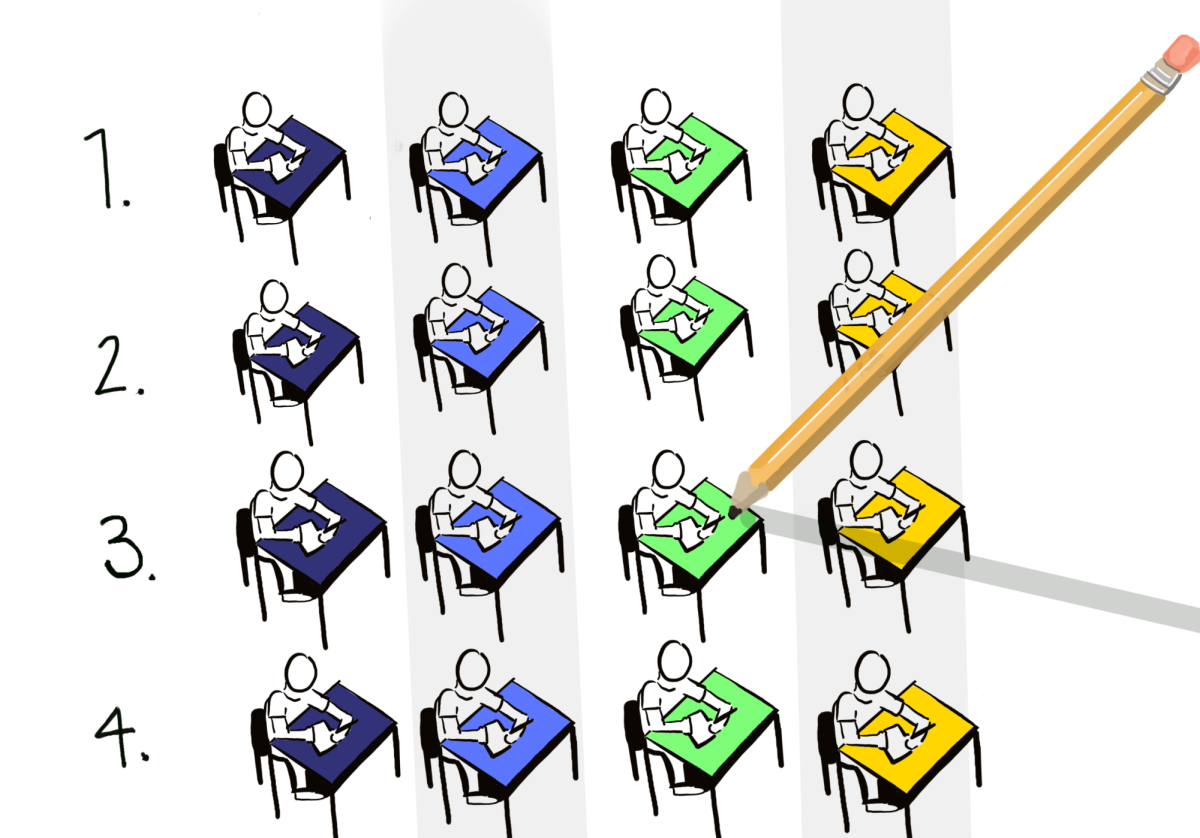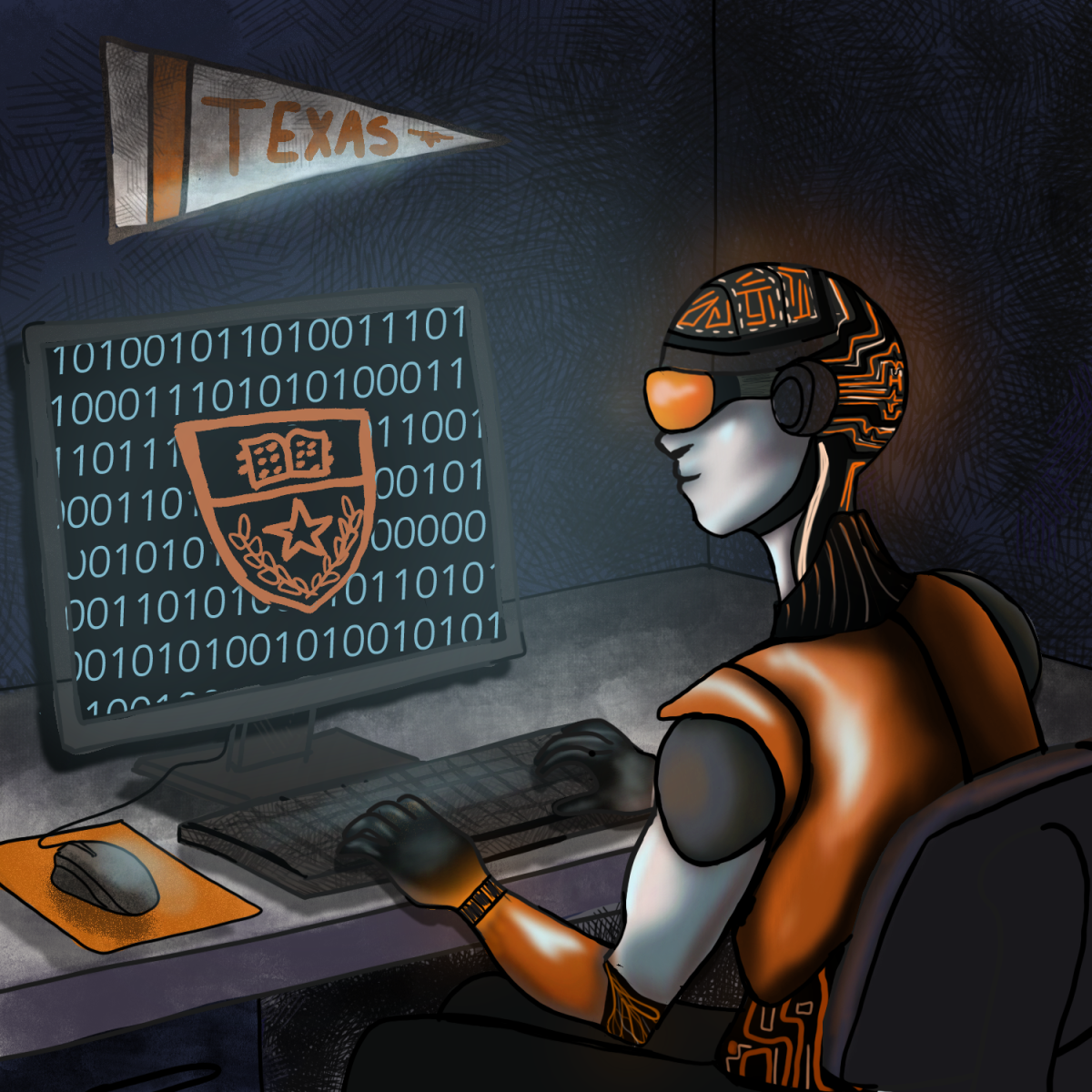On the first floor of the William C. Powers, Jr. Student Activity Center, behind a wall of windows and wood-framed glass doors, sits the Multicultural Engagement Center. Under the Division of Diversity and Community Engagement, this center houses six agencies — Afrikan American Affairs, Asian Desi Pacific Islander Collective, Latinx Community Affairs, Native American and Indigenous Collective, Queer and Trans People of Color Agency and Students for Equity and Diversity. Each agency represents, supports and creates a variety of programs for the various student populations at UT.
Due to the welcoming environment they’ve worked so hard to establish, the MEC is one of the only spaces on campus where students of color feel comfortable going to receive academic support, seek various leadership and educational opportunities or simply share laughs.
As of fall 2018, UT reports that about 59% of the student population identifies as a person of color, up from 49% since the MEC was added to the WCP in 2011. MEC student adviser Krysta Chacon said from Nov. 4 to Dec. 9, 2019, around 1,500 students frequented the MEC.
Due to the increased enrollment of students of color and the resulting increase in traffic at the MEC, the center should be given a bigger space to meet the growing demands of the diverse student populations they serve.
Student leaders within the MEC have held this sentiment for a long time and hope that the University will build or renovate the MEC to ensure students of color are given the adequate resources and space they need.
Jordan Walters, history and African and African Diaspora studies junior, said the MEC needs more space for physical and inclusion reasons.
“I believe the MEC needs to be expanded both in terms of physical space and also the resources that we can provide,” Walters said. “There are a lot of communities that are not being recognized or represented on campus, and there are a few agencies that (we) have talked about including in the MEC, but we simply do not have enough space to do so.”
Besides academic resources, the MEC also serves as a social space where students are encouraged to gather and network with each other. A bigger space would allow students to socialize without disrupting those who need to use the space to study or hold meetings.
Government sophomore Aisha Mahama-Rodriguez believes that more study space is necessary in order for the MEC to truly serve as an academic resource.
“There’s only (one) central area for studying, and sometimes the MEC has an event going on, but you still need a space on campus to study (and) you don’t have that space,” Mahama-Rodriguez said. “I think it’s important to create more rooms and quiet areas in the space.”
Buildings such as University Teaching Center and Waggener Hall are in need of renovations in the near future. The UTC was built in 1984 and Waggener Hall in 1931. Upgrades to these buildings could include the MEC and provide multiple floors, study rooms, offices and lounge areas to accommodate the around 30,000 minority students on campus.
With about a 10% increase in the proportion students of color represent, UT needs to provide more resources and better facilities for these populations to grow. The first step to this is building a bigger MEC.
Goodrich is a government and African and African Diaspora Studies senior from Dallas.





















